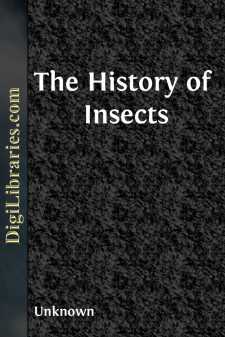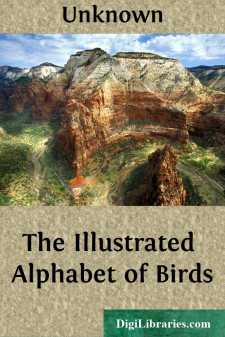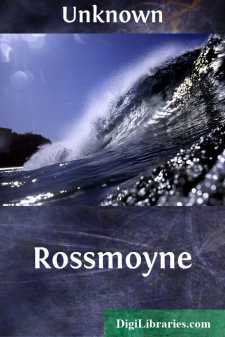Categories
- Antiques & Collectibles 13
- Architecture 36
- Art 48
- Bibles 22
- Biography & Autobiography 813
- Body, Mind & Spirit 142
- Business & Economics 28
- Children's Books 15
- Children's Fiction 12
- Computers 4
- Cooking 94
- Crafts & Hobbies 4
- Drama 346
- Education 46
- Family & Relationships 57
- Fiction 11828
- Games 19
- Gardening 17
- Health & Fitness 34
- History 1377
- House & Home 1
- Humor 147
- Juvenile Fiction 1873
- Juvenile Nonfiction 202
- Language Arts & Disciplines 88
- Law 16
- Literary Collections 686
- Literary Criticism 179
- Mathematics 13
- Medical 41
- Music 40
- Nature 179
- Non-Classifiable 1768
- Performing Arts 7
- Periodicals 1453
- Philosophy 64
- Photography 2
- Poetry 896
- Political Science 203
- Psychology 42
- Reference 154
- Religion 513
- Science 126
- Self-Help 84
- Social Science 81
- Sports & Recreation 34
- Study Aids 3
- Technology & Engineering 59
- Transportation 23
- Travel 463
- True Crime 29
The History of Insects
by: Unknown
Description:
Excerpt
THE HISTORY OF INSECTS.
Insects are so called from a separation in the middle of their bodies, seemingly cut into two parts, and joined together by a small ligature, as we see in wasps and common flies.
However small and contemptible this class of beings may appear, at first thought, yet, when we come to reflect, and carefully investigate, we shall be struck with wonder and astonishment, and shall discover, that the smallest gnat that buzzes in the meadow, is as much a subject of admiration as the largest elephant that ranges the forest, or the hugest whale which ploughs the deep; and when we consider the least creature that we can imagine, myriads of which are too small to be discovered without the help of glasses, and that each of their bodies is made up of different organs or parts, by which they receive or retain nourishment, &c. with the power of action, how natural the exclamation, O "Lord, how manifold are thy works! in wisdom hast thou made them all." Under these considerations, that they are the work of the same great, good, and Almighty hand that formed us, and that they are all capable of feeling pleasure and pain, surely every little child, as well as older person, ought carefully to avoid every kind of cruelty to any kind of creature, great or small.
The supreme court of Judicature at Athens punished a boy for putting out the eyes of a poor bird; and parents and masters should never overlook an instance of cruelty to any thing that has life, however minute, and seemingly contemptible the object may be.
"I would not enter on my list of friends
(Though grac'd with polish'd manners, and fine sense,
Yet wanting sensibility) the man
Who needlessly sets foot upon a worm."
COWPER.The elephant-beetle is the largest of this kind hitherto known, and is found in South America, particularly in Guiana, about the rivers Surinam and Oroonoko. It is of a black colour, and the whole body is covered with a shell, full as thick and as strong as that of a small crab. There is one preserved in the museum that measures more than six inches.
GRASSHOPPER.
Grasshoppers are too common to need description, as they abound almost wherever there is green grass. One summer only is their period of life; they are hatched in the spring, and die in the fall; previous to which, they deposite their eggs in the earth, which the genial warmth of the next season brings to life. They are food for many of the feathered race.
There are two classes of crickets: viz. the field cricket, and the house cricket; the latter inhabits warm places, the holes of the hearth, &c. from whence we hear its notes, which are agreeable: it is said, that they are purchased by some, and kept in a kind of cage, for the sake of their music. Field crickets inhabit the meadows, and subsist on roots, &c. as does another species, called the mole cricket.
LOCUST.
There are different kinds of the locust; those we are acquainted with, in this country, are represented in the above cut....





![The Golden Mean or Ratio[(1+sqrt(5))/2]](https://digilibraries-com.s3.eu-central-1.amazonaws.com/covers/762d190f-63a4-489a-b897-ff78516bd105.jpg)






